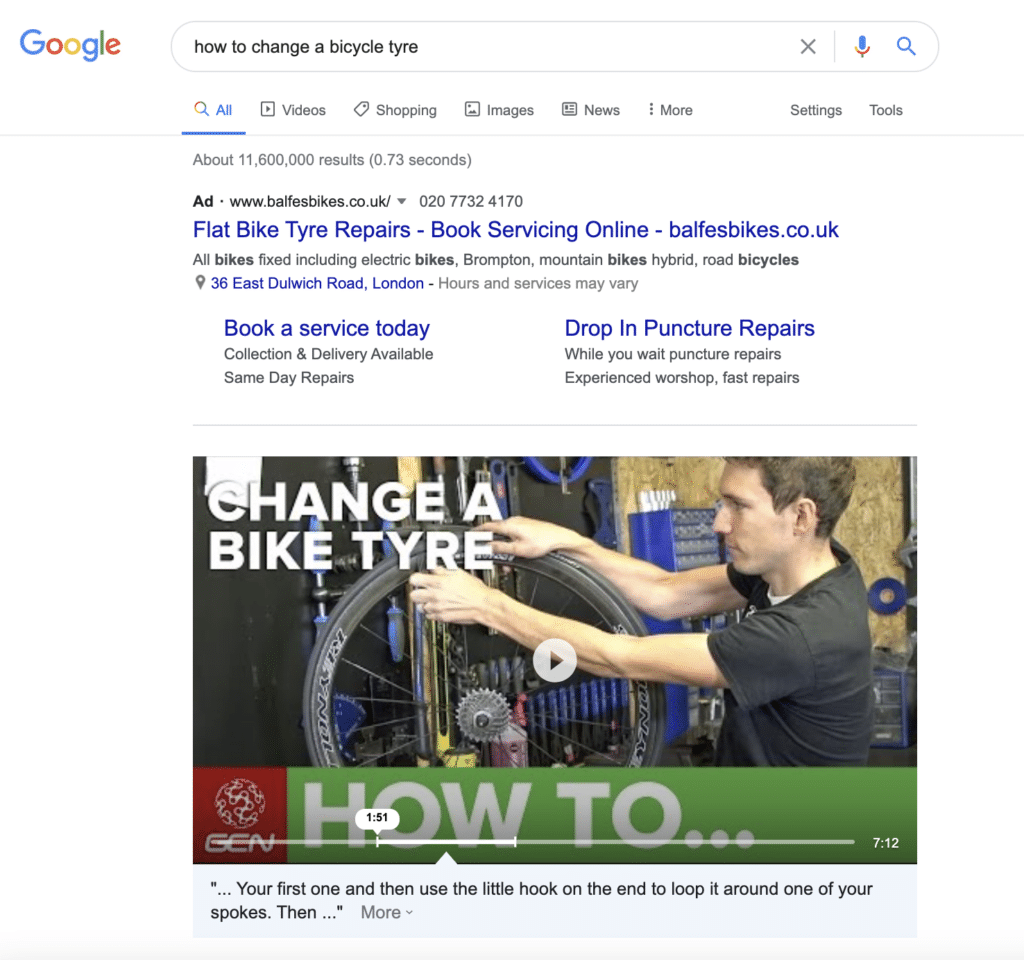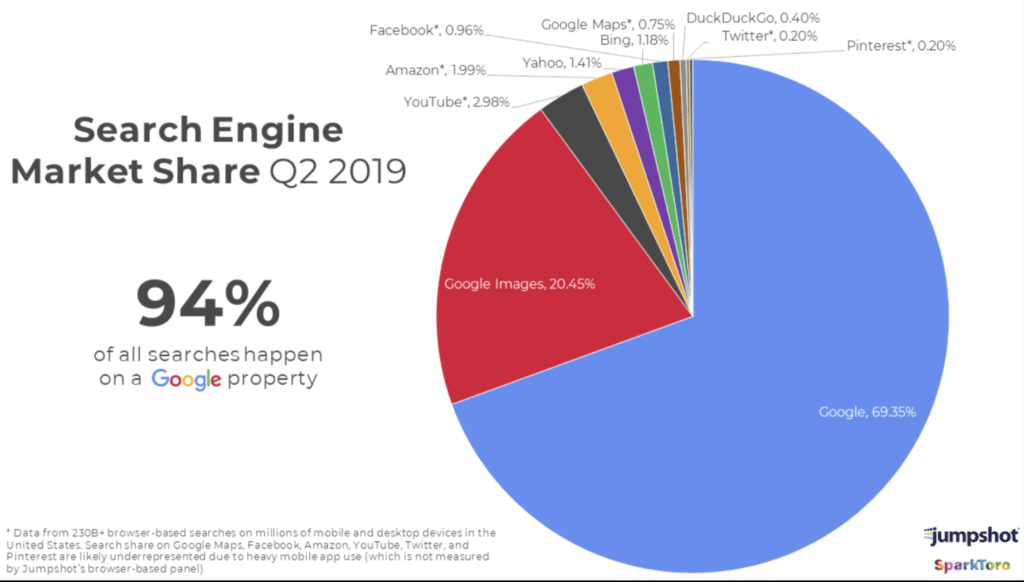In 2020, 90% of businesses use blogging as part of their marketing strategy.
A consequence of this is that competition for blog readership has gotten tougher. For every question that someone types into Google related to your industry you will now be likely to be competing with dozens of other articles likely containing a similar answer.
For your blogging efforts to actually make an impact, you need to go the extra mile to stand out.
Video is an effective way to do this.
Here are four ways that videos can help you beat out your competition with your blogging efforts.
Explainer videos make “how-to” posts far more useful
One of the most popular blog formats is the “how-to” post.
These are the types of blogs that try to answer common questions that people Google when trying to do something for the first time.
If you can teach someone how to do something related to your industry, you immediately become a trusted source in a reader’s eyes.
This is a fantastic first impression for your business.
However, text is not always the greatest medium for teaching someone how to do something. 65% of people are visual learners, and therefore would prefer to learn by watching someone do something than to learn by reading.
Having an explainer video version of your “how-to” article embedded in the article itself can therefore exponentially increase the utility of that article.
Google themselves have gotten wise to this, and now are more likely to rank posts with embedded YouTube video content for how-to posts.

Video allows you to draw in traffic from YouTube to your blog
A study by Ahrefs suggests that over 90% of posts on the internet get no traffic from Google.
This is mainly due to the aforementioned saturation of written content on the internet, but also by the fact that the search engine is increasingly prioritizing ranking content from bigger brands over smaller companies.
So how can smaller companies compete with the giants when it comes to content exposure?
One potential option is YouTube.
As well as being the second most used search engine after Google, YouTube is (for now anyway) far less saturated than Google.

Yes your standard of video still needs to be high, but with a unique angle there is still an opportunity to be the go-to video on a specific topic on YouTube.
But how can this drive traffic to your blog?
Well, if you include a call to action in your video to find out more information in your blog, and put a link to your blog in the description, then this can drive organic traffic to your post.
Just make sure that there is additional information in your post that goes over and above your video.
Video content can directly impact your SEO
Despite the constant talk of Google having “over 200 ranking factors”, the 80/20 of how the search engine evaluates the “rankability” of an article boils down to 3 variables:
- The text on the page and how much depth it covers a topic in
- The links from other websites pointing to a page
- The way that users interact with a page
This third variable, known as “user engagement” factors is becoming increasingly important to Google, as it is regarded as the most honest way of judging a page’s quality.
There are a number of sub-variables that go into measuring user engagement, and one of them is “dwell time”, namely the amount of time that a user spends on a page.
Google assumes that someone who spends a lot of time on a page is deriving more value from that page than someone who clicks on and clicks straight off. Therefore pages with a higher “dwell time” will, over time, be given more visibility.
Having a video (or several videos) on your page can increase your dwell time by giving a user more elements to engage with.
For many pages, one minute is considered a good average dwell time, so even having a 30-second long video that is consistently viewed on your blog can be enough to increase your dwell time significantly.
Videos can help with PR
An advanced blogging strategy is to create blog posts that provide unique insight, statistics, or commentary on something that is breaking in the news, and then reach out to journalists to add the post as an “additional resource” to their stories.
If you are going to attempt this strategy, success is far more likely if you have some sort of video content in your pitched article.
The reason for this is down to the fact that many newspapers have started monetizing their articles (in part) by being paid for video views on their site.
Video content is, therefore, a requirement for articles in many newspapers, including The Sun, The Guardian, and The Daily Express.
If you are pitching a blog post to a journalist for inclusion in their article, and your post has a relevant video in it, the journalist may well include your post just for its video.
In most cases, the journalist will cite your video by linking back to your post.
This article was contributed by Oli Graham, Marketing Manager for RightlyWritten. RightlyWritten provide copywriting services for companies who are looking to expand their digital presence through content marketing.

